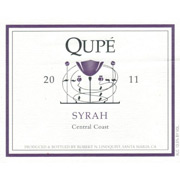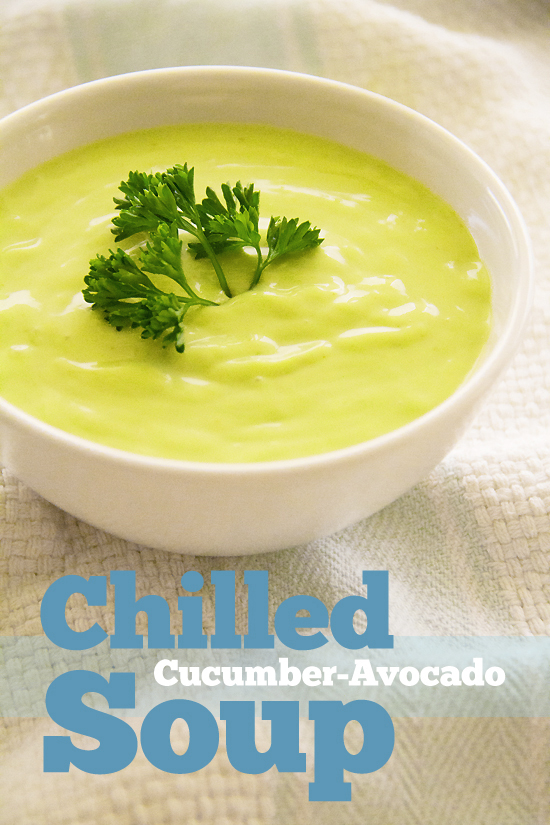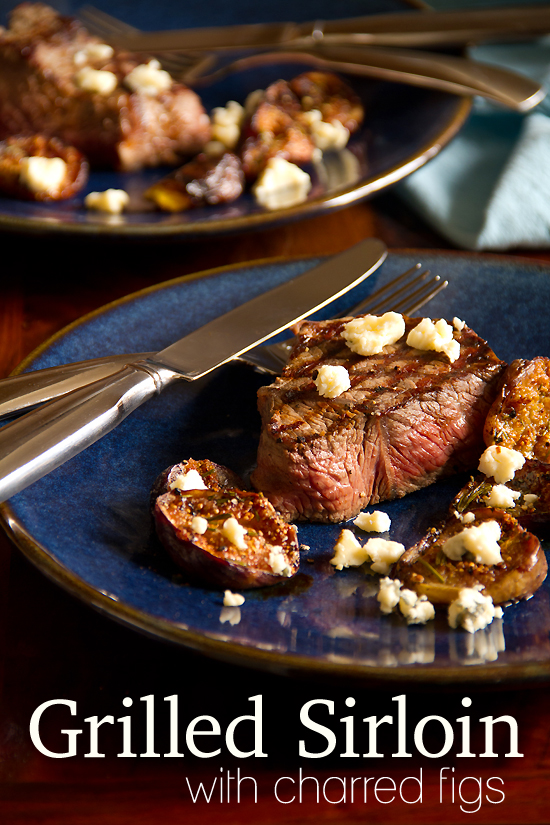
Qupé Central Coast Syrah.
When Greg asked me to come up with a wine pairing for his delicious Grilled Sirloin Medallions with Charred Figs and Gorgonzola, I happily agreed. You see, as a “wine guy” I’m asked to pair food and wine frequently, but strangely, I’m rarely asked to pair wine with steaks. That’s probably because everybody knows that Cabernet Sauvignon with steak is a no-brainer. Well, it is … and it isn’t.
 So now that I am being asked, my first thought focuses on the single most important factor in my opinion: the relationship between fat and tannins. Simply put, fat offsets the “harshness” of highly tannic wines, allowing the wine’s sweet and savory flavors to shine through. Fattier cuts, such as rib eye and skirt steak bring out the best in highly tannic wines like young California Cabernet Sauvignons. Conversely, leaner cuts of steak like filet mignon and sirloin, are better suited to less tannic wines such as aged wines, Chianti or even Pinot Noir. Related to fat content is temperature (level of doneness). Obviously, medium-well and well-done steaks will have less fat than rare and medium-rare, so less tannic wines would be more appropriate (but nobody really eats their steaks cooked this way, do they)?
So now that I am being asked, my first thought focuses on the single most important factor in my opinion: the relationship between fat and tannins. Simply put, fat offsets the “harshness” of highly tannic wines, allowing the wine’s sweet and savory flavors to shine through. Fattier cuts, such as rib eye and skirt steak bring out the best in highly tannic wines like young California Cabernet Sauvignons. Conversely, leaner cuts of steak like filet mignon and sirloin, are better suited to less tannic wines such as aged wines, Chianti or even Pinot Noir. Related to fat content is temperature (level of doneness). Obviously, medium-well and well-done steaks will have less fat than rare and medium-rare, so less tannic wines would be more appropriate (but nobody really eats their steaks cooked this way, do they)?
Next, I want to consider the role of oak in the wine. Pan searing, oven roasting and broiling can each give steak that all-important “crust,” but none will impart the “oakiness” of grilling. Non-grilled steaks can pair well with an oaky wine, but they don’t require it either. And although I am currently trapped in a fire code-enforced, no grilling, no outside cooking, condo-living hell, I do love a well-grilled (not well-done!) steak. Grilled steaks, however, especially well-charred, beg for younger red wines with plenty of new oak, to mirror the smoky flavors imparted by the grill.
Lastly, I’m looking at secondary flavors. Is the steak served with a sauce or some other condiment? Are there herbs or spices involved? What about additional fats, like cheese or butter? Steaks are filling on their own, but these additions can really bog down your palate. Here, the wine’s acidity becomes key. Acidity serves as a contrast to foods that are fatty, rich, salty or mildly spicy. Old-World wines often run a little more acidic, as do wines from cooler climates, and wines from cooler vintages. There are a few other questions to ask: Aged or non-aged beef? Corn-fed or grass-fed cattle? How about a white wine? But these are questions for another day. It’s summer, after all, and I’m supposed to be relaxing.
For Greg’s Grilled Sirloin Medallions with Charred Figs and Gorgonzola, I’ve selected the 2011 Qupé Central Coast Syrah. It has aromas of dark, jammy fruits, vanilla, and a touch of smokiness. Its flavors include black and red fruits, spice, smoke and a nice little leathery “funk.” The finish is lively and clean, with somewhat milder tannins than what many California Syrahs offer. I wanted a wine with merely moderate tannins, since sirloin is a somewhat leaner cut of steak. Yet, I also was looking for an oaky smokiness to pair with the char-grilled components of the steak and charred figs. Finally, I love this wine’s bright core of acidity, which cuts through the pungent and fatty gorgonzola. Over all, the Qupé Central Coast Syrah is an enjoyable, entry-level, easy drinking, new-world style wine with just a nod towards a typical Syrah from France’s Northern Rhône region.
2011 Qupé Central Coast Syrah.
Pairs With Sirloin Medallions- Poor Man’s Filet?
Price $18
Also pairs well with barbecue, cheese, duck, mushrooms, pork, sausage.
- Category Red Wine
- Varietal Syrah
- Region Central Coast CA

